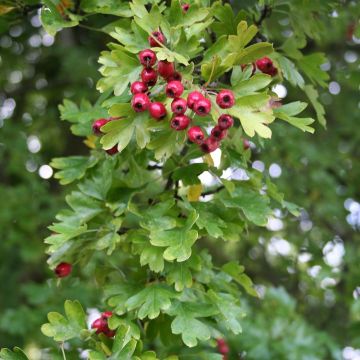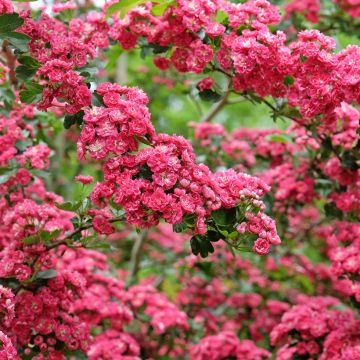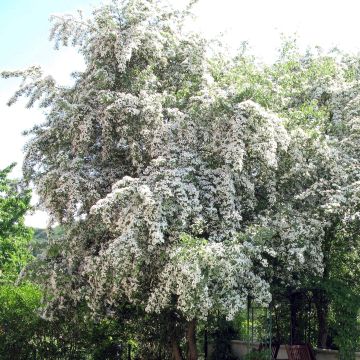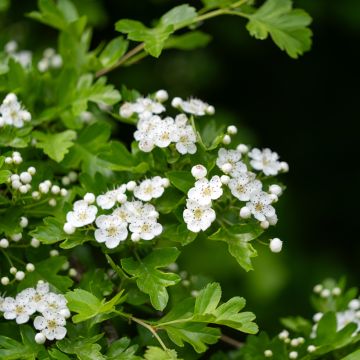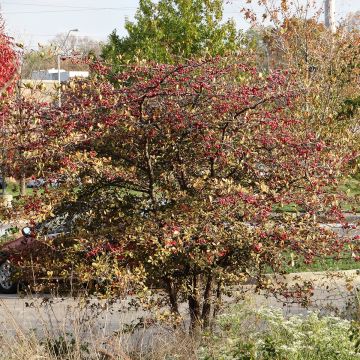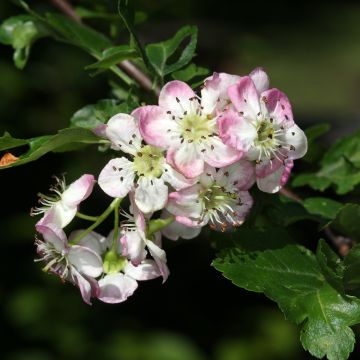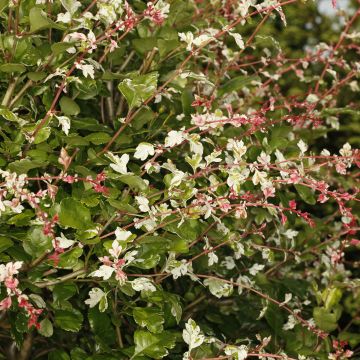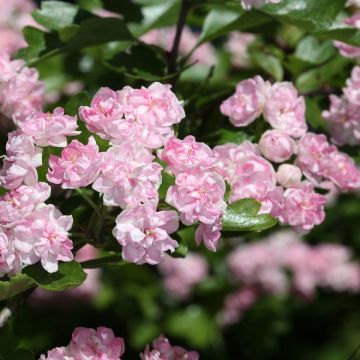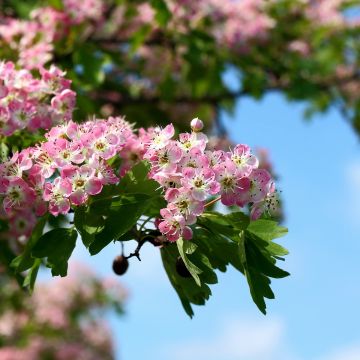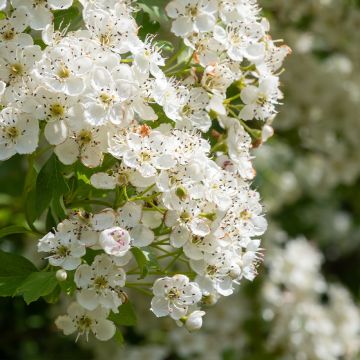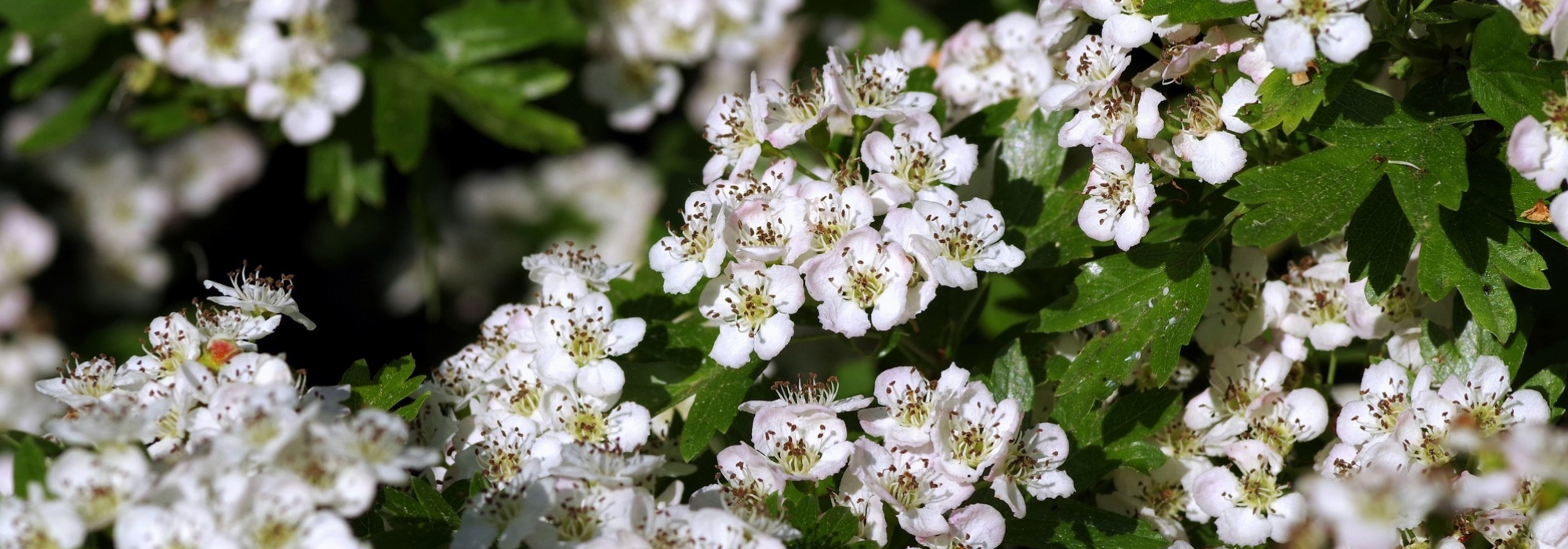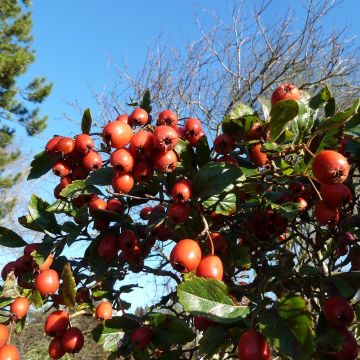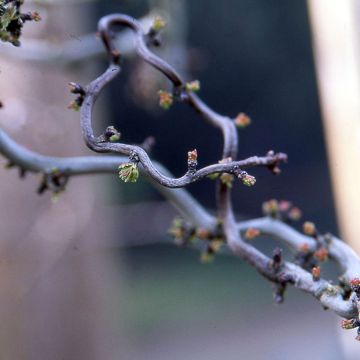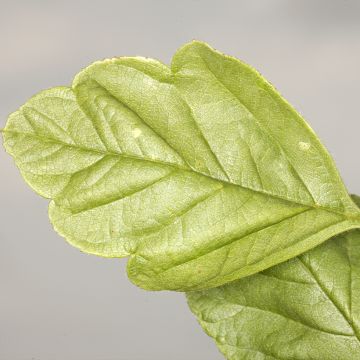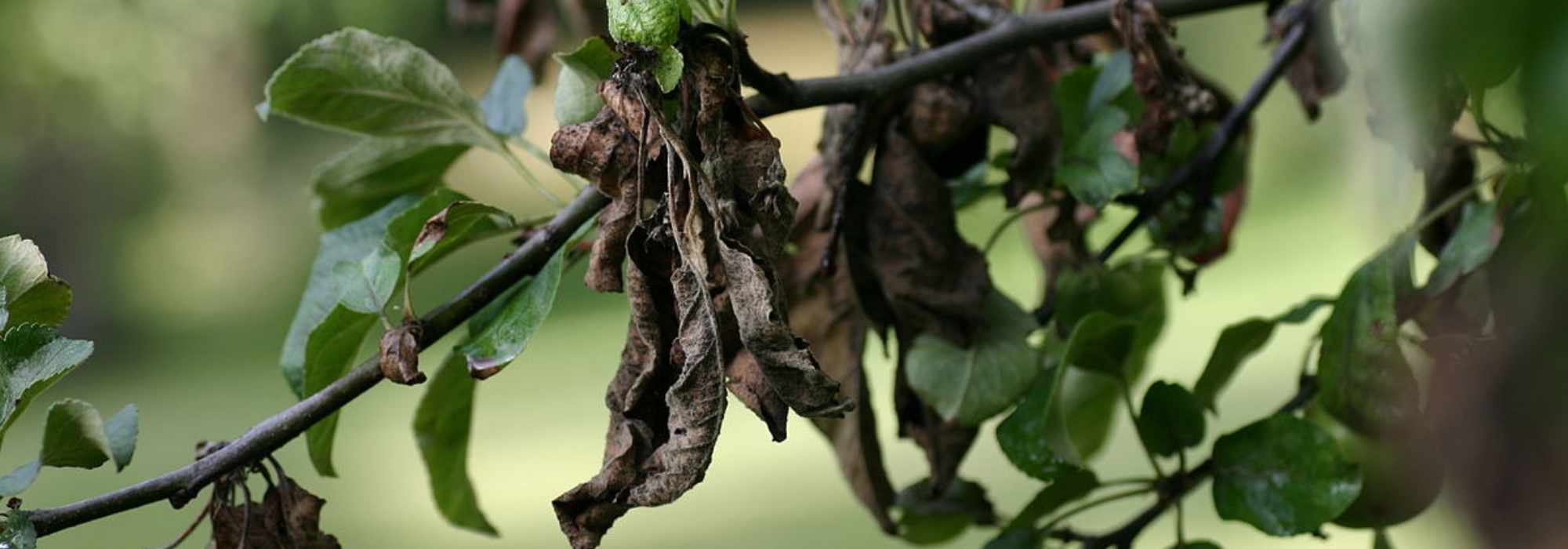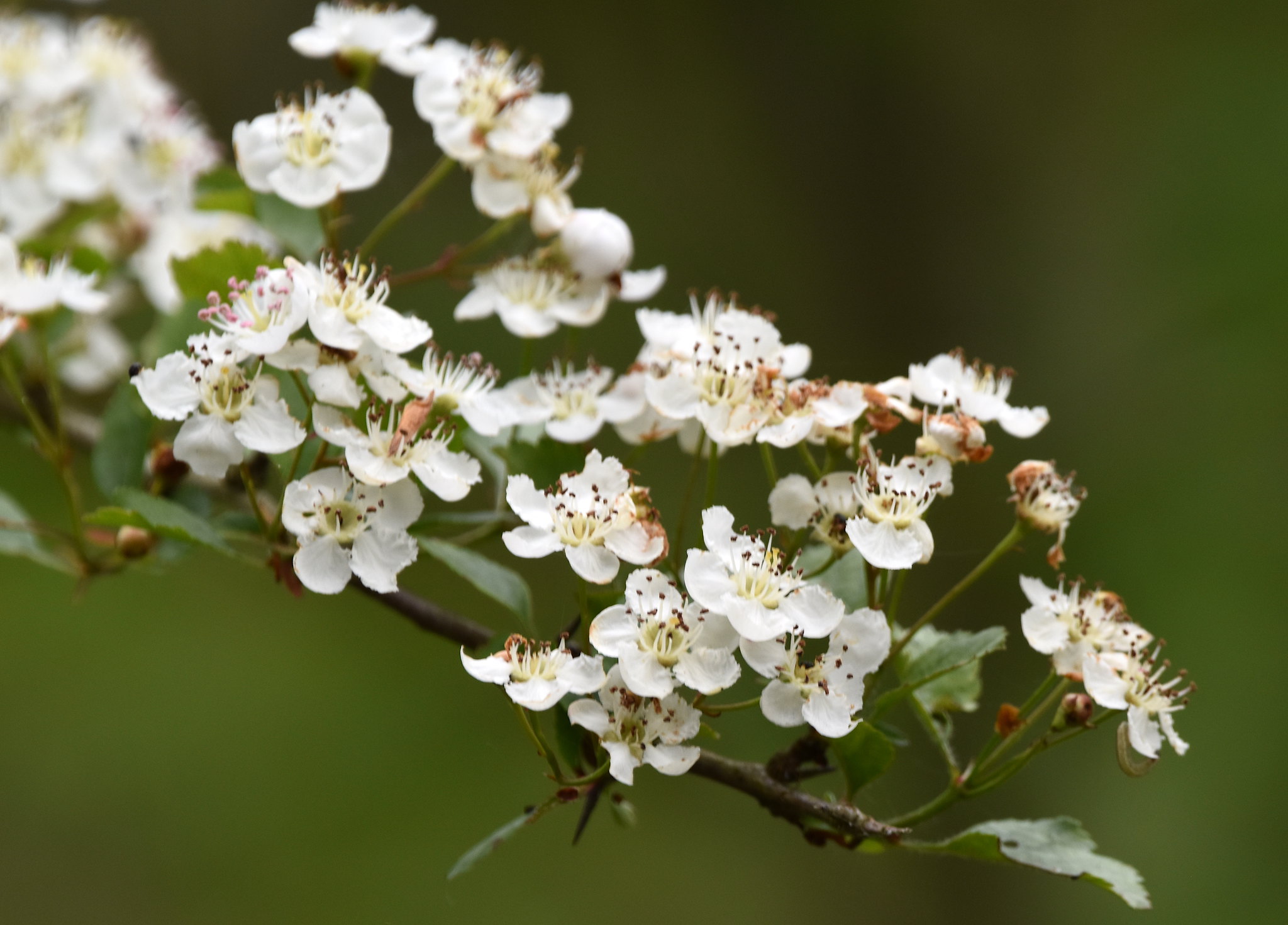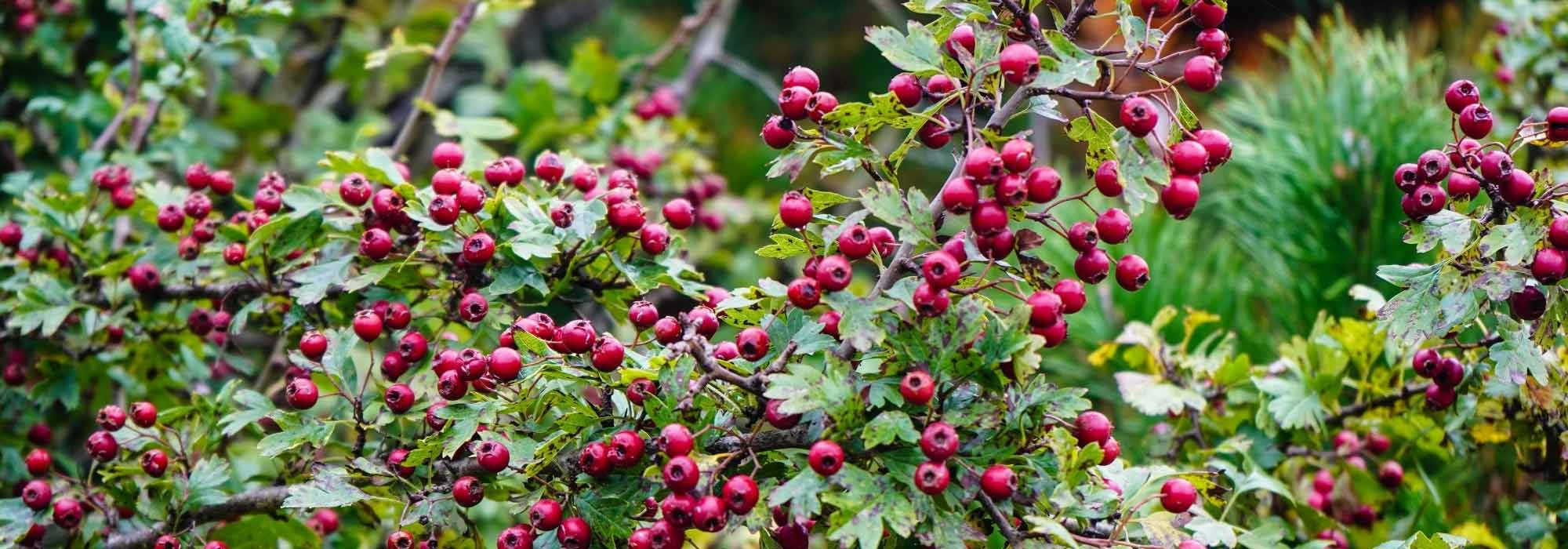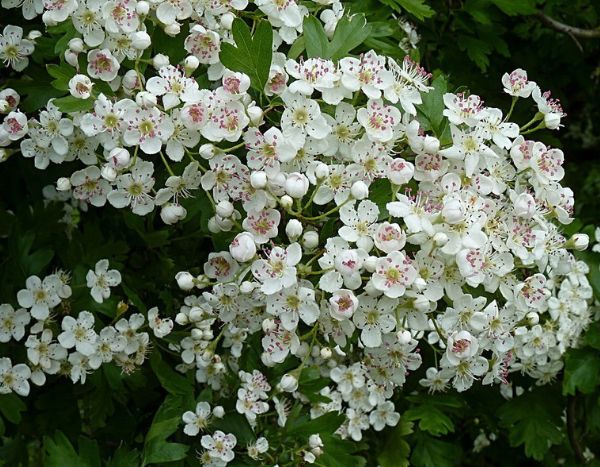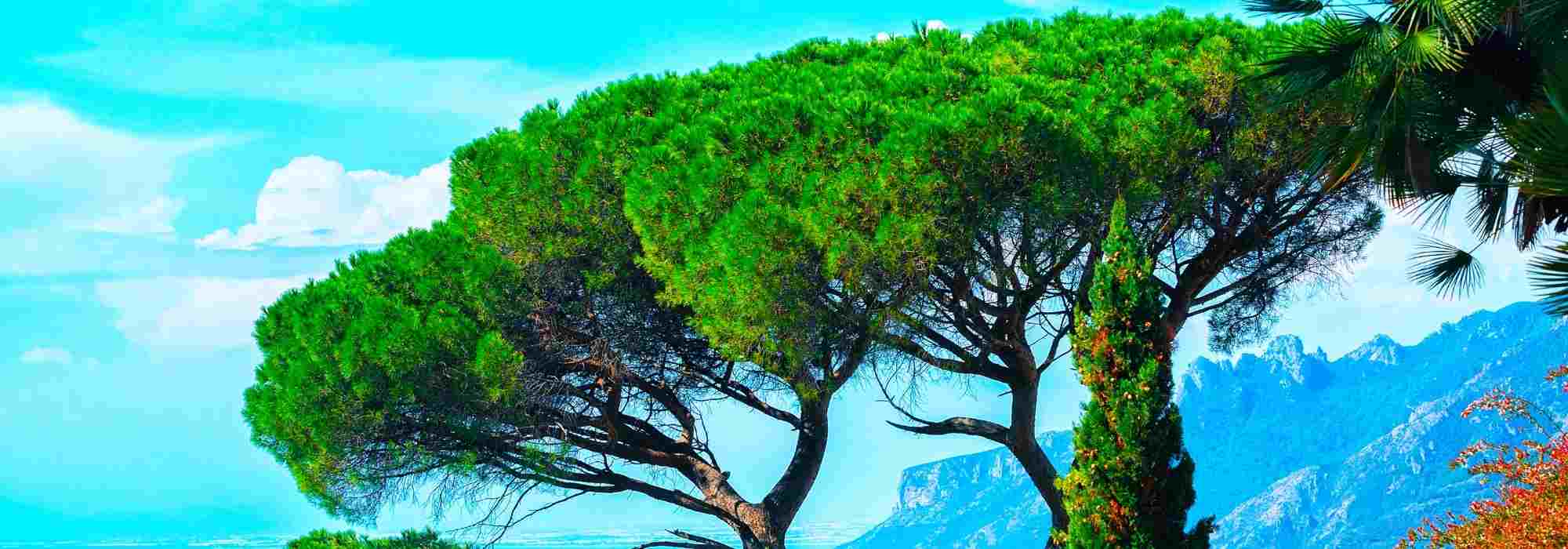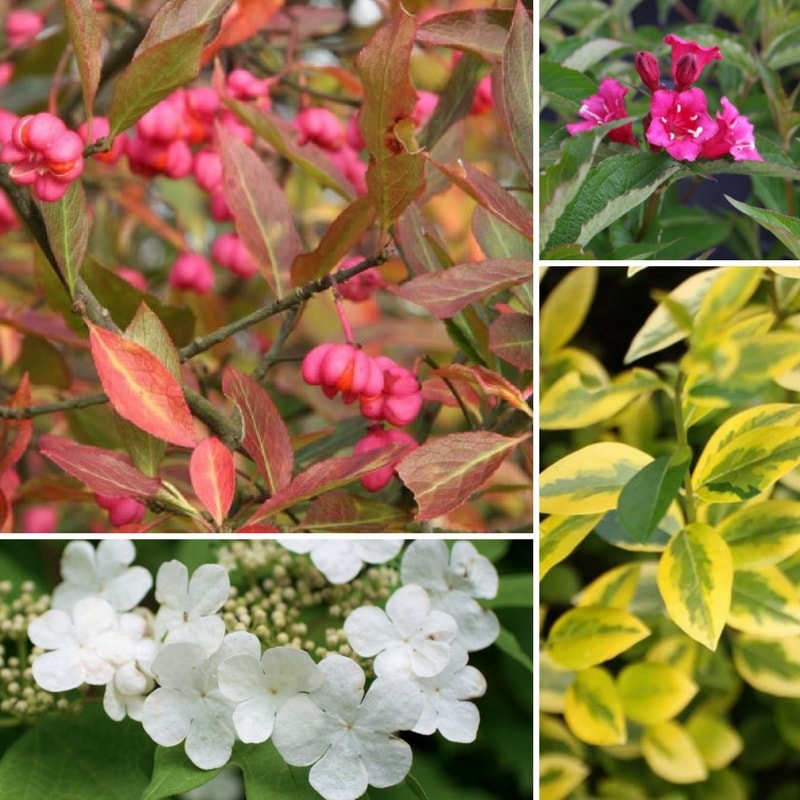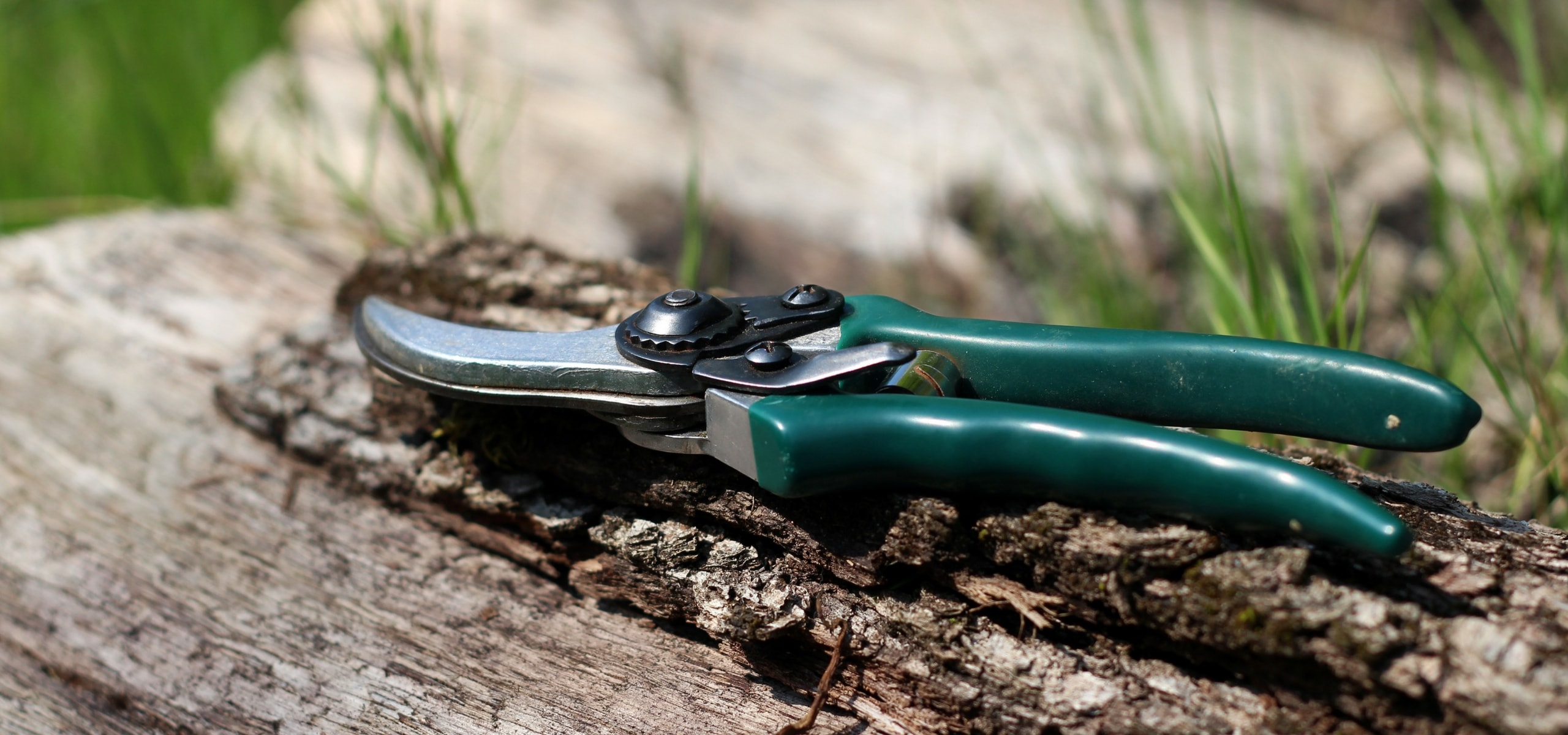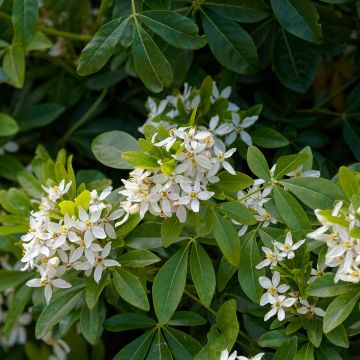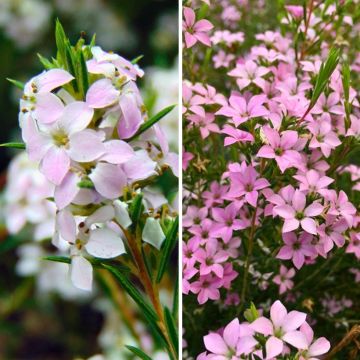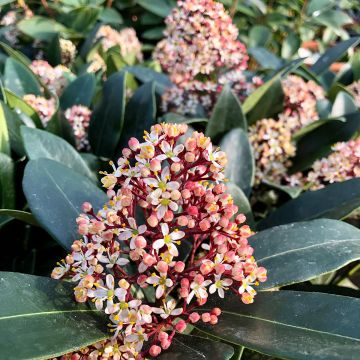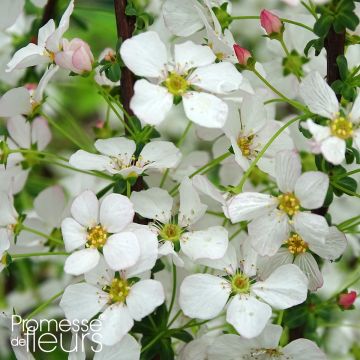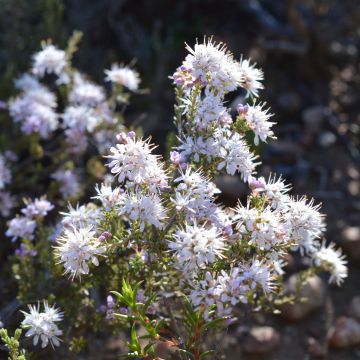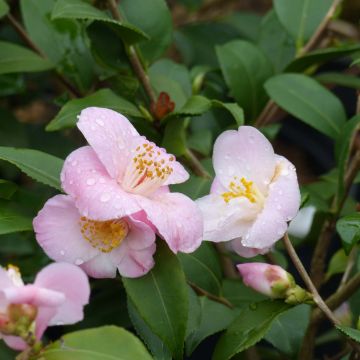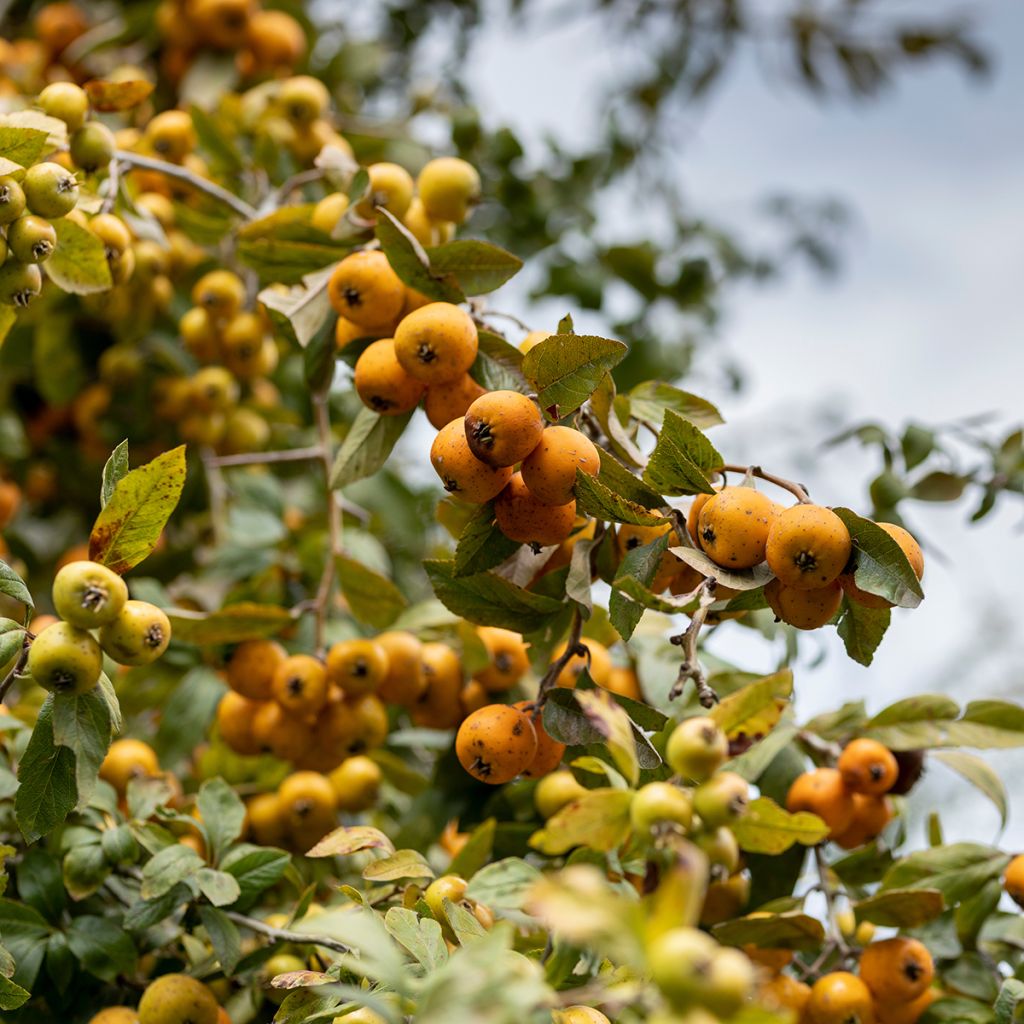

Crataegus mexicana - Manzanilla
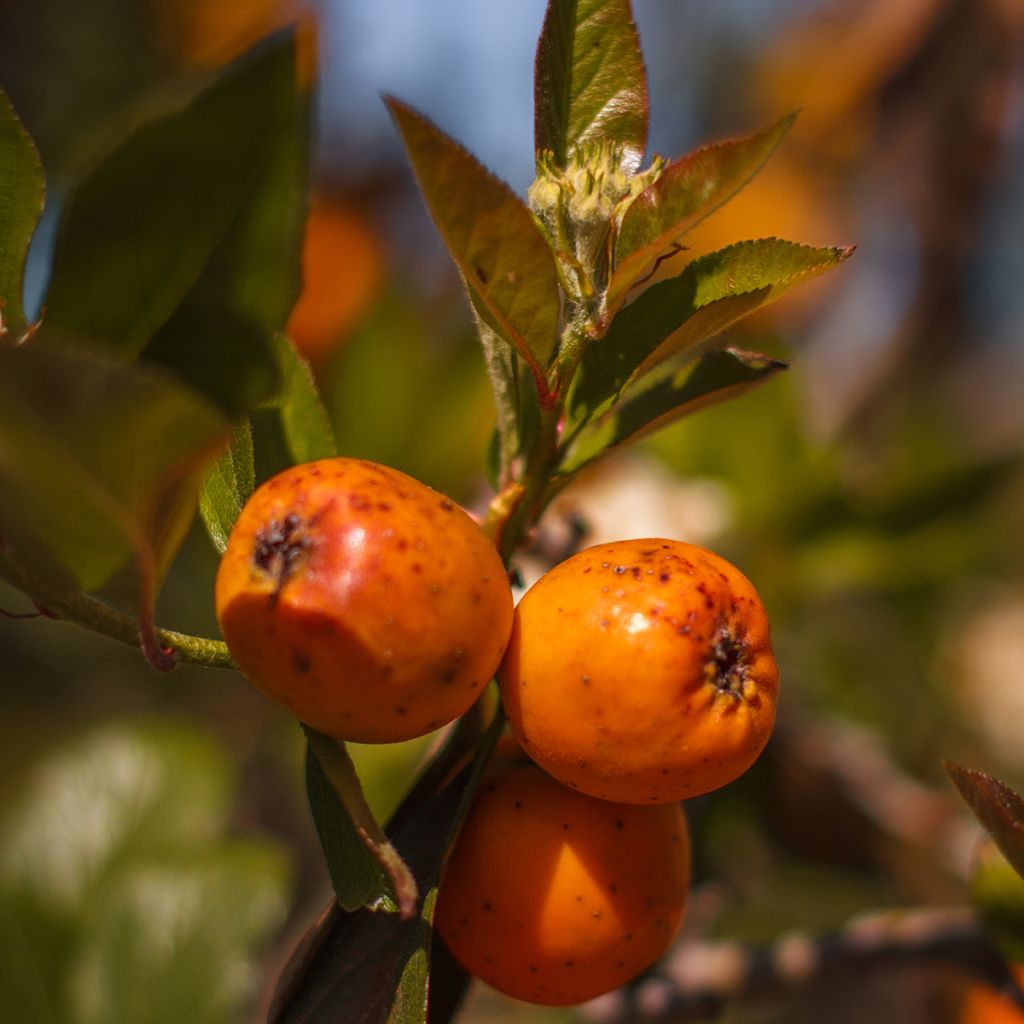

Crataegus mexicana - Manzanilla
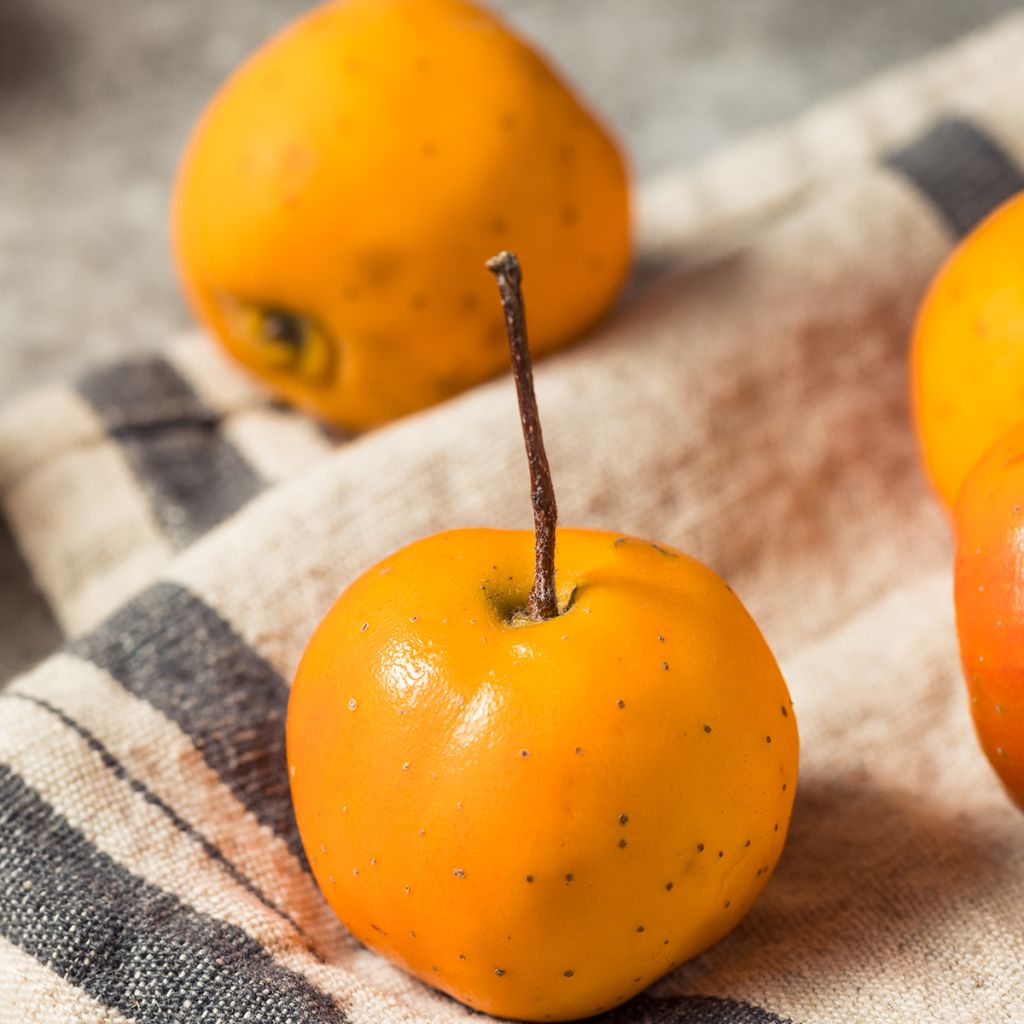

Crataegus mexicana - Manzanilla
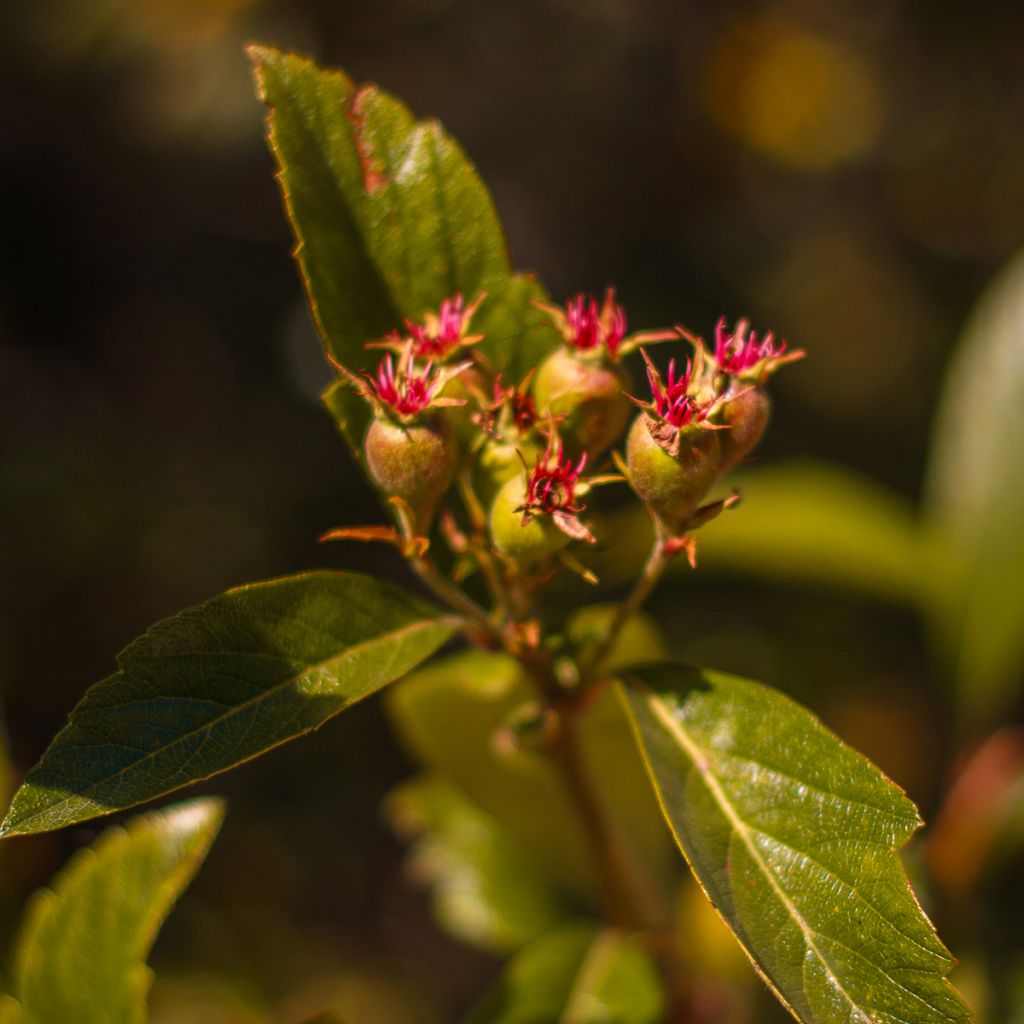

Crataegus mexicana - Manzanilla
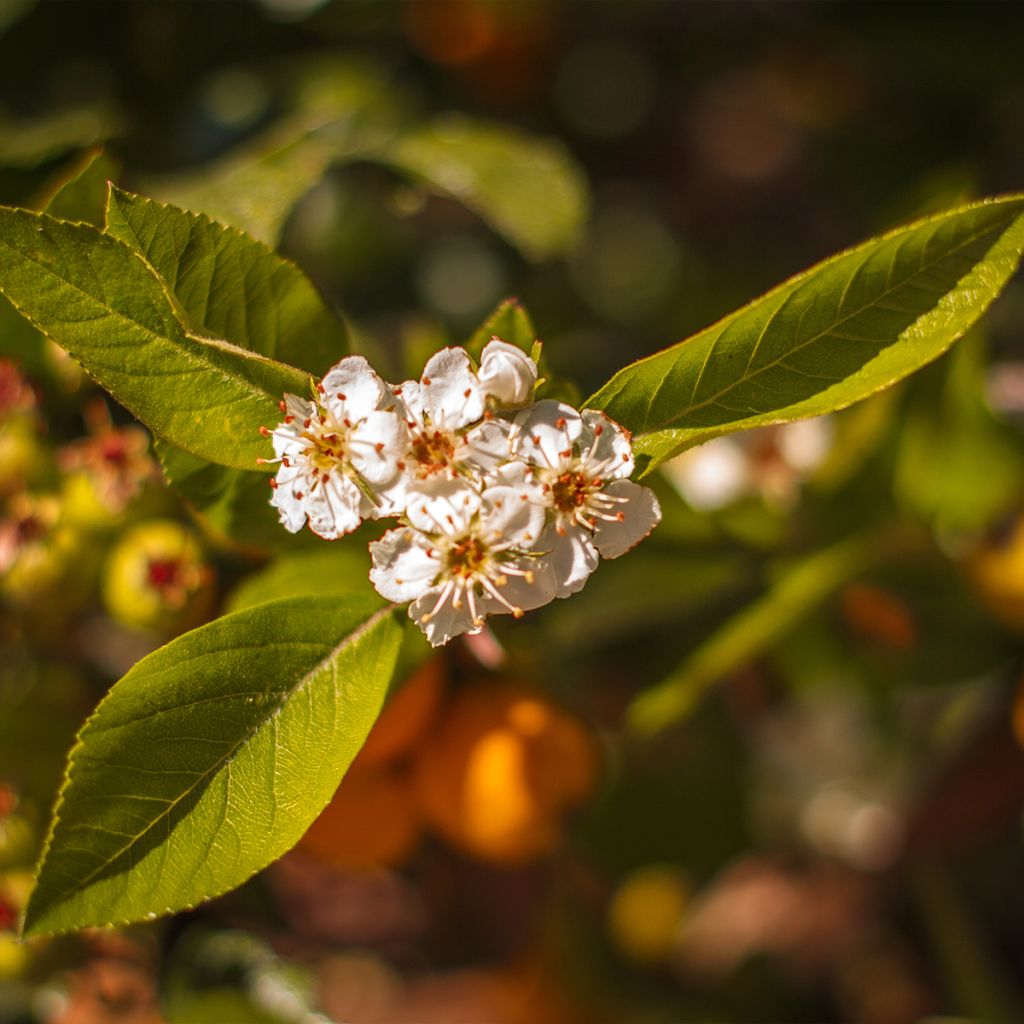

Crataegus mexicana - Manzanilla
Crataegus mexicana - Manzanilla
Crataegus mexicana
Mexican Hawthorn, Tejocote, Manzanita
Special offer!
Receive a €20 voucher for any order over €90 (excluding delivery costs, credit notes, and plastic-free options)!
1- Add your favorite plants to your cart.
2- Once you have reached €90, confirm your order (you can even choose the delivery date!).
3- As soon as your order is shipped, you will receive an email containing your voucher code, valid for 3 months (90 days).
Your voucher is unique and can only be used once, for any order with a minimum value of €20, excluding delivery costs.
Can be combined with other current offers, non-divisible and non-refundable.
Why not try an alternative variety in stock?
View all →This plant carries a 24 months recovery warranty
More information
We guarantee the quality of our plants for a full growing cycle, and will replace at our expense any plant that fails to recover under normal climatic and planting conditions.
Does this plant fit my garden?
Set up your Plantfit profile →
Description
Crataegus mexicana, known as the Mexican Hawthorn or Manzanilla, is a fruit tree that is still relatively uncommon. A close cousin of the azarole (crataegus azarolus), it stands out for its vigour and hardiness down to -12°C, allowing it to adapt to many regions, including up to medium altitudes. Flowering occurs in April-May, followed by the formation of numerous fruits the size of a small apple, coloured yellow and red when ripe. They ripen around late August-September in lowland areas and around November-December at higher altitudes. The highly decorative fruits persist on the tree for several weeks. If not harvested, they will feed birds and wildlife. This small tree, reaching a height of 5 to 6 metres, can adapt to all types of soil, even dry, limestone, or rocky.
Crataegus mexicana is native to Central America, mainly the mountainous regions of Chiapas (Mexico) and Guatemala, where it grows spontaneously at altitudes between 1000 and 3000 metres. It belongs to the Rosaceae family, just like the wild rose and the plum tree. In Spanish-speaking countries, it is called Manzanilla, a name derived from Manzana, which means "small apple". In Mexico, where it is more widely spread, it is called Tejocote, which means "sour stone" or "stone plum". The fruits are an essential ingredient in Mexican punch served for Christmas and New Year. The bark is used in traditional medicine to treat respiratory difficulties. The wood is very hard and is useful for making tool handles. Thanks to its compatibility, this hawthorn is an excellent rootstock for apple, pear, and quince trees.
It forms a small tree with a fairly short trunk and dense branches that form a spreading and rounded crown. Eventually, after a few years, this hawthorn can reach a height of 6 to 7 metres with a spread of 4 to 5 metres, under optimal conditions. Its numerous flexible and sparsely thorny branches bear semi-evergreen foliage. The lanceolate, 4 to 8 cm long leaves have serrated edges and are dark green and shiny on the upper side, duller on the underside and capable of persisting on the tree during part of the winter. Flowering occurs in April, taking the form of clusters or corymbs of small, 2 cm diameter flowers, with 5 white petals. They emit an odour often considered unpleasant, similar to that of decomposing fish. Nevertheless, they are widely visited by bees and midges, which are their main pollinators. Depending on the region, the fruits ripen around late August-September. They are gathered in clusters and their size varies between 1.5 and 3 cm in diameter. They are round or oval in shape and resemble small apples, ranging in colour from yellow to reddish-orange when ripe. They are quite hard, hence they are sometimes called "stone plum", and contain 5 brown and also quite hard seeds. In mountainous areas, depending on the altitude, the fruits can ripen as late as November-December.
An adult Mexican Hawthorn can produce up to 20 kg of fruits per year. They are rich in vitamin C and iron and have a floury and juicy texture, with a sweet flavour reminiscent of apples. They can be eaten fresh, and in Mexico, the fruits are highly appreciated during the Christmas season. However, they are usually cooked and used in jellies and jams, sweetened with sugar, and can be dried or preserved. In Guatemala and Mexico, the fruits are used to make a syrup, which is used to flavour carbonated water.
The Manzanilla is a small, very robust and hardy tree that easily adapts to all types of soil, even dry, rocky, or limestone, but its growth and fruit yields will be highest in deeper and richer soil. It thrives in sunny exposures, and a balanced pruning in February is sufficient. With its moderate development, this shrub integrates well into any type of garden, whether as a specimen or in a border. It can be planted in a wildlife hedge, along with pyracanthas, ornamental apple trees, cotoneasters, wild pear trees, quince trees, or European spindle, for example. In this way, it will provide shelter and food for numerous insects, birds, and small mammals. It fits well in a fruit hedge, with other fruit trees such as pomegranates, Japanese loquat, almond trees, jujube trees, fig trees, olive trees, etc.
Crataegus mexicana - Manzanilla in pictures


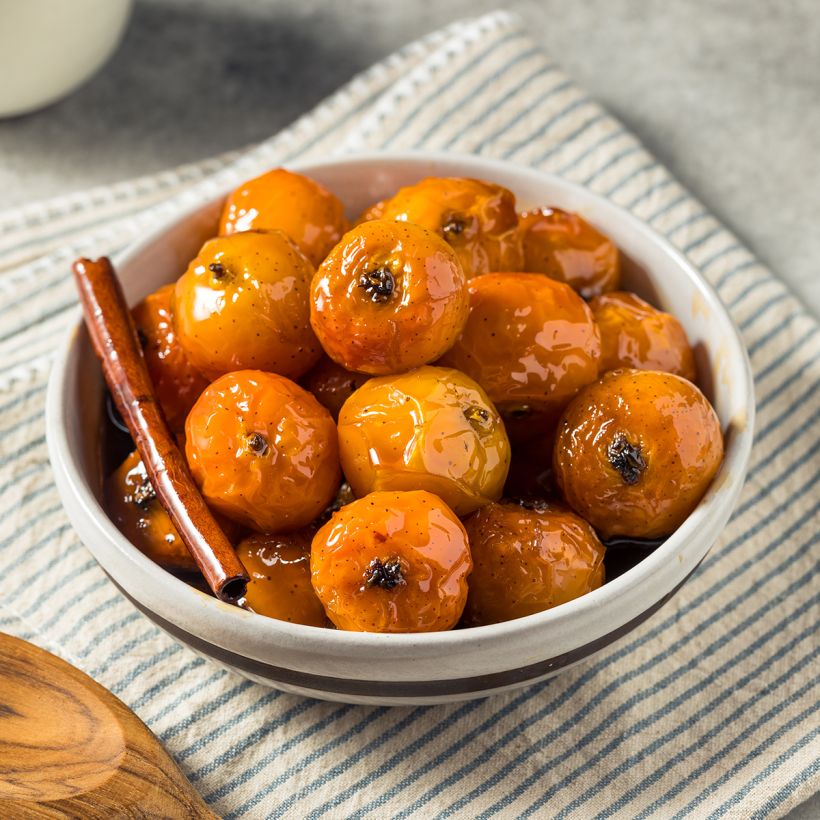

Plant habit
Flowering
Foliage
Botanical data
Crataegus
mexicana
Rosaceae
Mexican Hawthorn, Tejocote, Manzanita
Central America
Other Hawthorn Crataegus
View all →Planting and care
Crataegus mexicana or Manzanilla is best planted in autumn in any well-drained soil, even limestone, in a sunny or semi-shaded location. It only dislikes excessively arid climates, so plant it in dry and warm, especially well-drained soil.
Hawthorn can be affected by caterpillars, aphids, rot, rust, and powdery mildew. It is particularly sensitive to fire blight, which can be an obstacle to planting it near apple and pear orchards.
It is undemanding and only needs pruning for balance. In May (after flowering) or in January-February, prune by removing unwanted or tangled stems that compromise the tree's good shape. Prune excessively long branches to maintain a harmonious shape.
Planting period
Intended location
Care
Planting & care advice
This item has not been reviewed yet - be the first to leave a review about it.
Similar products
Haven't found what you were looking for?
Hardiness is the lowest winter temperature a plant can endure without suffering serious damage or even dying. However, hardiness is affected by location (a sheltered area, such as a patio), protection (winter cover) and soil type (hardiness is improved by well-drained soil).

Photo Sharing Terms & Conditions
In order to encourage gardeners to interact and share their experiences, Promesse de fleurs offers various media enabling content to be uploaded onto its Site - in particular via the ‘Photo sharing’ module.
The User agrees to refrain from:
- Posting any content that is illegal, prejudicial, insulting, racist, inciteful to hatred, revisionist, contrary to public decency, that infringes on privacy or on the privacy rights of third parties, in particular the publicity rights of persons and goods, intellectual property rights, or the right to privacy.
- Submitting content on behalf of a third party;
- Impersonate the identity of a third party and/or publish any personal information about a third party;
In general, the User undertakes to refrain from any unethical behaviour.
All Content (in particular text, comments, files, images, photos, videos, creative works, etc.), which may be subject to property or intellectual property rights, image or other private rights, shall remain the property of the User, subject to the limited rights granted by the terms of the licence granted by Promesse de fleurs as stated below. Users are at liberty to publish or not to publish such Content on the Site, notably via the ‘Photo Sharing’ facility, and accept that this Content shall be made public and freely accessible, notably on the Internet.
Users further acknowledge, undertake to have ,and guarantee that they hold all necessary rights and permissions to publish such material on the Site, in particular with regard to the legislation in force pertaining to any privacy, property, intellectual property, image, or contractual rights, or rights of any other nature. By publishing such Content on the Site, Users acknowledge accepting full liability as publishers of the Content within the meaning of the law, and grant Promesse de fleurs, free of charge, an inclusive, worldwide licence for the said Content for the entire duration of its publication, including all reproduction, representation, up/downloading, displaying, performing, transmission, and storage rights.
Users also grant permission for their name to be linked to the Content and accept that this link may not always be made available.
By engaging in posting material, Users consent to their Content becoming automatically accessible on the Internet, in particular on other sites and/or blogs and/or web pages of the Promesse de fleurs site, including in particular social pages and the Promesse de fleurs catalogue.
Users may secure the removal of entrusted content free of charge by issuing a simple request via our contact form.
The flowering period indicated on our website applies to countries and regions located in USDA zone 8 (France, the United Kingdom, Ireland, the Netherlands, etc.)
It will vary according to where you live:
- In zones 9 to 10 (Italy, Spain, Greece, etc.), flowering will occur about 2 to 4 weeks earlier.
- In zones 6 to 7 (Germany, Poland, Slovenia, and lower mountainous regions), flowering will be delayed by 2 to 3 weeks.
- In zone 5 (Central Europe, Scandinavia), blooming will be delayed by 3 to 5 weeks.
In temperate climates, pruning of spring-flowering shrubs (forsythia, spireas, etc.) should be done just after flowering.
Pruning of summer-flowering shrubs (Indian Lilac, Perovskia, etc.) can be done in winter or spring.
In cold regions as well as with frost-sensitive plants, avoid pruning too early when severe frosts may still occur.
The planting period indicated on our website applies to countries and regions located in USDA zone 8 (France, United Kingdom, Ireland, Netherlands).
It will vary according to where you live:
- In Mediterranean zones (Marseille, Madrid, Milan, etc.), autumn and winter are the best planting periods.
- In continental zones (Strasbourg, Munich, Vienna, etc.), delay planting by 2 to 3 weeks in spring and bring it forward by 2 to 4 weeks in autumn.
- In mountainous regions (the Alps, Pyrenees, Carpathians, etc.), it is best to plant in late spring (May-June) or late summer (August-September).
The harvesting period indicated on our website applies to countries and regions in USDA zone 8 (France, England, Ireland, the Netherlands).
In colder areas (Scandinavia, Poland, Austria...) fruit and vegetable harvests are likely to be delayed by 3-4 weeks.
In warmer areas (Italy, Spain, Greece, etc.), harvesting will probably take place earlier, depending on weather conditions.
The sowing periods indicated on our website apply to countries and regions within USDA Zone 8 (France, UK, Ireland, Netherlands).
In colder areas (Scandinavia, Poland, Austria...), delay any outdoor sowing by 3-4 weeks, or sow under glass.
In warmer climes (Italy, Spain, Greece, etc.), bring outdoor sowing forward by a few weeks.






























